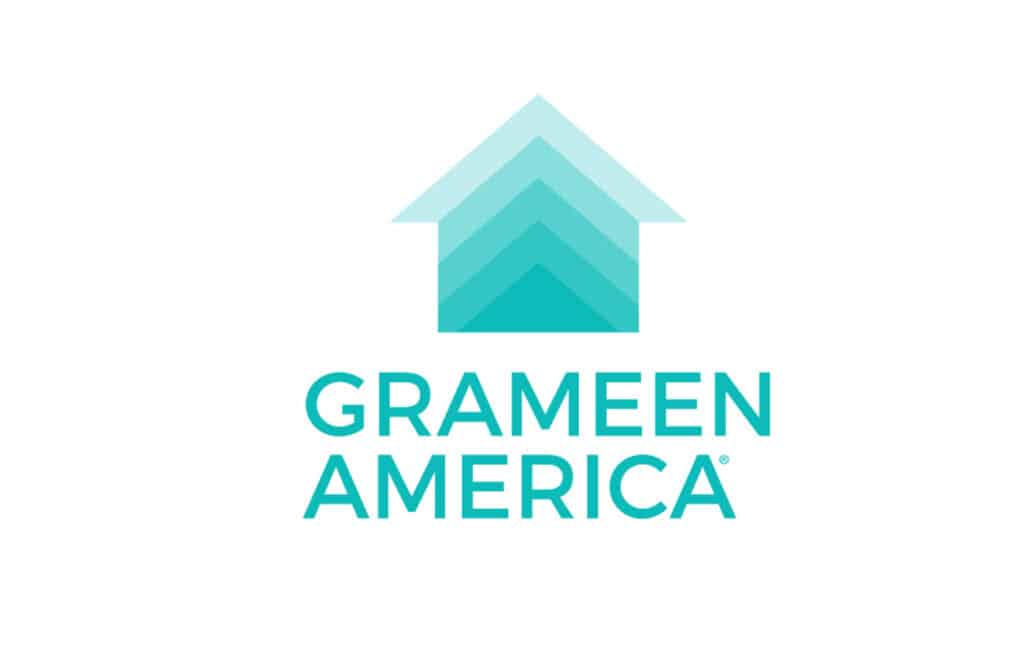As consumer behaviors continue to evolve in the wake of the pandemic, brands and businesses must remain responsive to rapidly changing trends. Omnichannel marketing has become essential to achieve adequate reach, and more and more channels — from apps and social media to the burgeoning metaverse — are vying for audience’s attention.
Most recently, digital audio has emerged as a major player, with ad spending reaching $4.9 billion (a 58 percent rise) in 2021. In fact, according to the IAB Internet Advertising Revenue Report, digital audio grew faster than any other online channel last year, with gains doubling that of display advertising.
What Is Digital Audio Advertising?
Ads delivered via digital audio reach consumers while they stream music, digital radio, and other online audio content. This includes podcast listening, which has risen 42 percent globally since the start of the pandemic. There’s no shortage of streaming channels for listeners to choose from, with some of the most popular being Spotify, Amazon Music, Pandora, iHeartRadio, and SiriusXM. Digital audio can be streamed on a wide variety devices, including mobile phones and smart speakers, making it an ideal platform for audiences on the go.
If you haven’t yet incorporated audio streaming into your brand’s marketing strategy, it’s definitely time to do so. Here are four reasons why your business should be investing in digital audio advertising.
4 Reasons Audio Ads Are Essential for Digital Marketers
1. They Go Where Display & Video Can’t
Digital audio ads are unique in that they don’t require visual engagement. Unlike video or display, they allow consumers to be actively engaged while involved in other activities, such as driving, commuting, or working out. This makes audio streaming the perfect medium for multitaskers, including key consumer groups like millennials and Gen Zers. According to a report from Adobe, 50 percent of both groups say they listen to digital audio at home while completing household tasks like cooking and cleaning.
74 percent of adults ages 25 to 54 listen to digital audio content every month. – Edison Research
2. They’re Immersive & Engaging (But Not Overwhelming)
In today’s oversaturated marketing landscape, consumers are constantly bombarded by ads. This is especially true when they’re using their desktop and mobile devices, as advertising has infiltrated every corner of the screen. Whether they’re checking email, scrolling through Instagram, or receiving a push notification via text, users are now accustomed to seeing (and often ignoring) ads wherever they tap or click. This makes getting and retaining consumer attention even more of a challenge than it was before.

With audio ads, the delivery is much less jarring because listeners don’t have to stop everything they’re doing to receive a brand’s message. Digital audio ads are also not as easy to skip, which is why average listen-through rates are close to 98 percent. And even if a listener is partially distracted, audio ads are still very effective, boasting a 24% higher recall rate than traditional display ads. Podcast listeners are especially engaged — 60 percent say they’ve made purchases from audio ads, and a whopping 81 percent say they always pay attention to podcast advertisements.
3. They’re Highly Targeted & Contextual
Because podcasts and streaming sites appeal to very specific demographics, it’s easy for advertisers to target audiences based on categories such as music type and podcast genre. At the same time, programmatic audio advertising allows marketers to leverage valuable behavioral and contextual data, including geographic location, weather, website browsing history, and device type. What’s more, as is the case with all types of digital advertising, key metrics such as engagement levels can be measured in real-time, giving marketers the ability to make tweaks to improve campaign performance and ROI.
By 2025, digital audio will reach almost as many listeners in the U.S. as traditional radio advertising. –Statista
4. They Create a Strong Emotional Connection
By tapping into the senses using the human voice, digital audio ads can feel more emotional and authentic to consumers. They mimic the experience of one person talking to another, often via headphones, which make the experience seem even more up-close and intimate.
This allows advertisers to build a strong emotional connection with their customers, especially when their ads are read by podcast hosts. Host-read audio ads are essentially another form of influencer marketing, capitalizing on an audience’s familiarity with and trust in the hosts they love to listen to.
According to a survey by Morning Consult, 52 percent of podcast listeners say they’re more likely to try a product or service that’s recommended by a podcast host.
Moreover, the conversational nature of audio can help make calls to action appear more subtle and organic than they would in a visual ad. Rather than prompting consumers to engage with stilted, sales-y phrases like “buy now” or “add to cart,” CTA commands are naturally softened by a human voice recommending listeners to visit a website to get more information.
A listener’s love of music can also help enhance the power of an audio ad. According to a study commissioned by Pandora, audio ads embedded within participants’ personalized playlists impacted long-term memory 49 percent better than radio, 36 percent better than television, and 29 percent better than mobile video ads.
Doing More With Digital Audio
In a marketing landscape that’s overwhelmingly visual, brands can increase their impact by taking advantage of digital audio advertising. In addition to creating an emotional connection with listeners via sound, audio ads can reach consumers during the screen-free moments of their day, when they’re engaged in other activities but still receptive to receiving information. As more and more consumers incorporate streaming audio into their media diets, digital audio ads will become increasingly critical components of sound digital marketing strategies.








